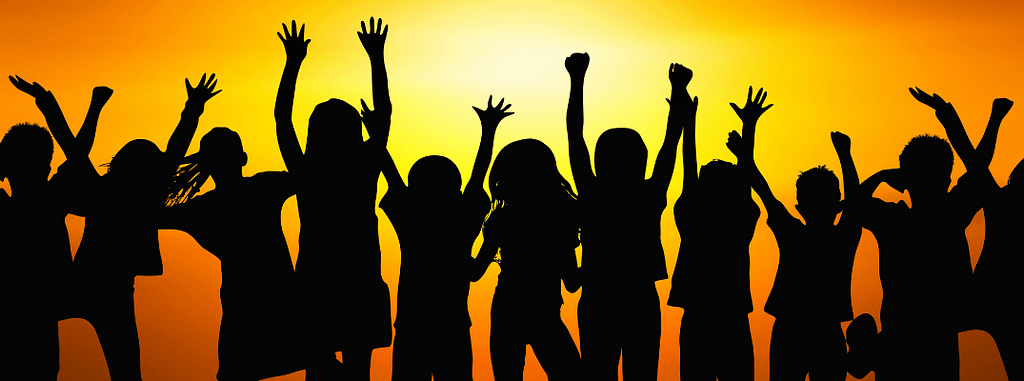Recently National Geographic’s cover had a picture that had the world thinking, they posed a simple question, planet or plastic? Plastic was only invented in the 19th century, but since then so much of it has been created and is being consumed carelessly all over the world. According to National Geographic, more than 5 trillion pieces of plastic are already floating in our oceans. This is just the tip of the iceberg if we continue at this rate the effects of plastic on our planet and lives could be catastrophic.
I believe that for people to live more sustainable lives it is best for them to grow up thinking about the environment and how to care for it. Children should be taught to respect and care for the world they live in from a young age, if they do, they are more likely to preserve it and consume more appropriately. This could help reduce the consumption of plastic in the future. One of the best ways for children to learn about the environment is to experience it. Wherever you live, take your child outside into nature, whether it is in a local park, or just outdoors, they can learn so much about nature from seeing it and being part of it. They need to understand that they have a shared responsibility to protect the animals and trees that they love so much.
So just how can you make environmental education part of children’s lives?

- Teach children about living creatures and allow them to form empathy for them: this could be done by letting children have pets, taking them out to parks and letting them interact with nature. This will let them understand that living creatures are important to the environment and should be protected
- Plant a garden: This could be introduced at school or at home. Children should be encouraged to plant flowers and food crops and should be involved in nurturing them.
- Write stories and draw pictures about plants and animals: children should be encouraged to share stories about the environment. The goal here is to get them to connect with the environment and to feel responsible for its care.
- Read books and play games about taking care of the environment: children have always loved storybooks and it has always been a way to get them to ask questions. There are several books about animals and the environment, some titles are:
- One Plastic Bag: Isatou and the recycling women of the Gambia
- Seeds of Change: Wangari’s gift to the world
- Rachel Carson and her book that changed the world
- The tree lady: The true story of how one tree-loving woman changed a city forever
- Girls who look under rocks: the lives of six pioneering naturalist
- Charly and Lola: We are extremely very good recyclers.
Children are literally our future, they will grow up to either be better consumers or not. It is our responsibility to ensure that they learn to love the environment and live more sustainably. The future of our planet depends on it.

